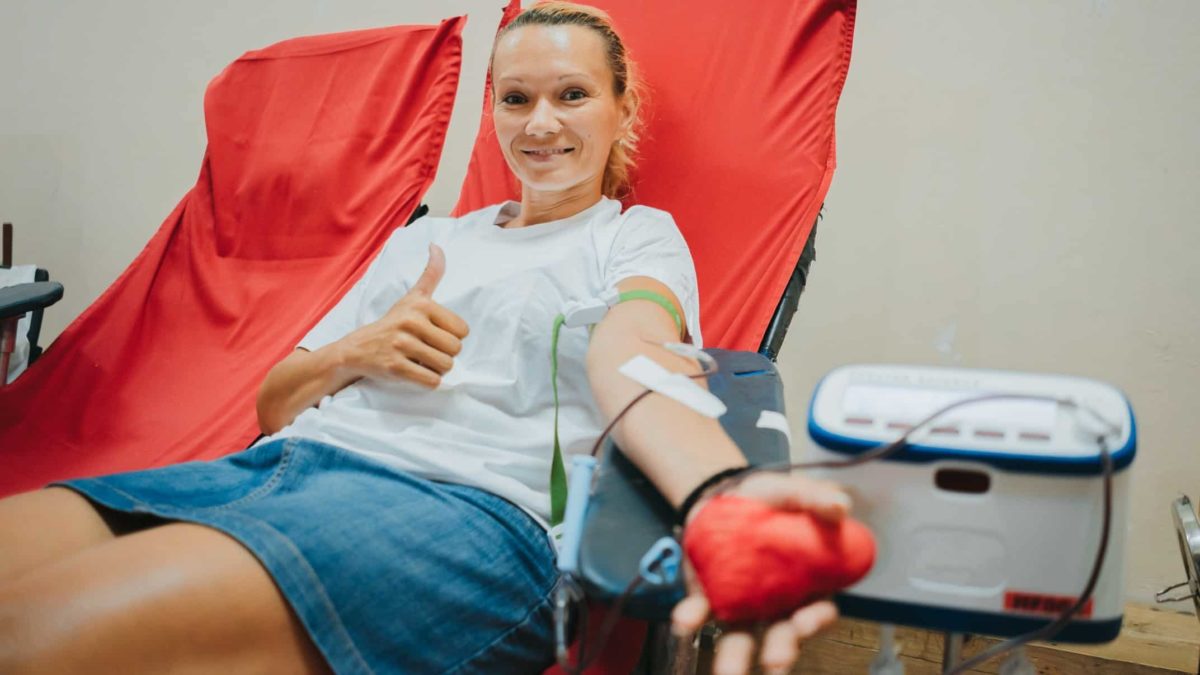U.S. Airstrikes Target Yemen's Houthi Rebels Amid Ongoing Conflict

DUBAI, United Arab Emirates -- In a significant escalation of military action, U.S. airstrikes conducted overnight have reportedly resulted in the deaths of at least eight individuals in Yemen's capital, Sanaa, according to statements from the Houthi rebel group. This announcement comes as the U.S. military revealed that it has executed more than 800 individual strikes during its month-long campaign against the Houthis, designated as Operation Roughrider.
The U.S. Central Command provided details in a statement, asserting that this operation has successfully targeted and killed hundreds of Houthi fighters and numerous Houthi leaders, notably those linked to the groups missile and drone operations. However, the U.S. has not disclosed the identities of these officials, leaving questions about the impact of these strikes on Houthi military leadership.
The American military has committed to continuing these airstrikes, a campaign that first commenced on March 15 under the administration of President Donald Trump. This military initiative is part of a broader strategy aimed at negotiating a deal with Iran concerning its rapidly advancing nuclear program.
The U.S. military's statement emphasized the ongoing support provided by Iran to the Houthis, indicating that such backing enables the rebels to maintain their attacks against U.S. forces in the region. Iran undoubtedly continues to provide support to the Houthis, the report asserted. The Houthis can only continue to attack our forces with the backing of the Iranian regime.
In light of these developments, the U.S. military expressed its determination to escalate pressure on the Houthis until its objectives are met, which include restoring freedom of navigation in critical maritime routes and reinforcing American deterrence in the region.
The impetus behind these airstrikes is rooted in the Houthis' repeated attacks on shipping vessels in the Red Sea, a vital artery for global trade, as well as their threats against Israel. The Houthis represent the last remaining militant faction in Iran's self-styled Axis of Resistance that has the capability to launch attacks against Israel.
On Monday, the Houthis broadcast footage purportedly showing the aftermath of a U.S. strike in the Bani Al Harith District, located north of Sanaa. The video depicted scenes of devastation, with visible blood stains among the wreckage and a damaged truck. The Houthi-controlled al-Masirah satellite news channel reported that eight individuals were killed in this latest strike, although this figure has not been immediately corroborated by officials from the Health Ministry.
In addition to the strikes in Sanaa, reports indicate that U.S. airstrikes also targeted areas within Yemen's Amran and Saada governorates during the same night, further exacerbating the conflict. The Houthis have also claimed that two individuals were killed in separate incidents on Sunday.
Assessing the human toll from the U.S. airstrike campaign has proven to be a complex task. The U.S. military has refrained from releasing comprehensive data regarding the specific targets of the airstrikes or the resulting casualties. Similarly, the Houthis maintain strict control over access to the sites of the strikes, further complicating the flow of reliable information. It is widely believed that many of the strikes have been aimed at military and security installations, and funeral notices suggest that high-ranking members of the Houthi leadership have been among those killed in these attacks.
In response to questions about transparency, Central Command stated on Monday, To preserve operational security, we have intentionally limited disclosing details of our ongoing or future operations. We are very deliberate in our operational approach, but will not reveal specifics about what weve done or what we will do.
Despite this, the military has not acknowledged any civilian casualties resulting from the strikes, a point of contention raised by activists who warn that civilians may indeed have been affected amidst the intensity of the ongoing campaign.
The U.S. is conducting these airstrikes from two aircraft carriers stationed in the region: the USS Harry S. Truman in the Red Sea and the USS Carl Vinson in the Arabian Sea. On April 18, a particularly devastating strike targeted the Ras Isa fuel port, resulting in the deaths of at least 74 people and leaving 171 others injured, marking it as the deadliest known strike of the American campaign. Central Command explained that the objective of hitting the port was to dismantle the Houthis ability to receive fuel supplies, thereby undermining their operational capabilities and their financial resources.
Meanwhile, the Houthis have increasingly attempted to control the narrative surrounding the conflict, particularly concerning the flow of information from the areas they govern. Recently, they issued a directive mandating that all individuals possessing Starlink satellite internet receivers must quickly hand over these devices to the authorities. The announcement included a warning about the implementation of a field campaign in coordination with security forces to arrest anyone found selling, trading, using, or operating these prohibited terminals. Starlink terminals have gained notoriety for their importance in enabling communication, particularly in conflict zones, and have been utilized by various parties, including in Ukraine amidst its ongoing war with Russia.

























